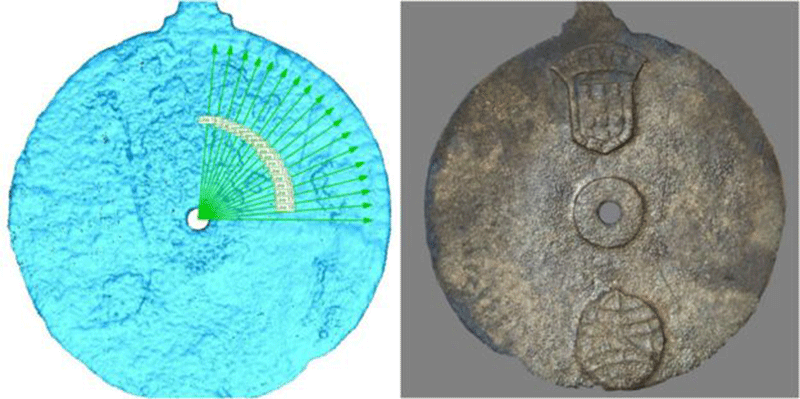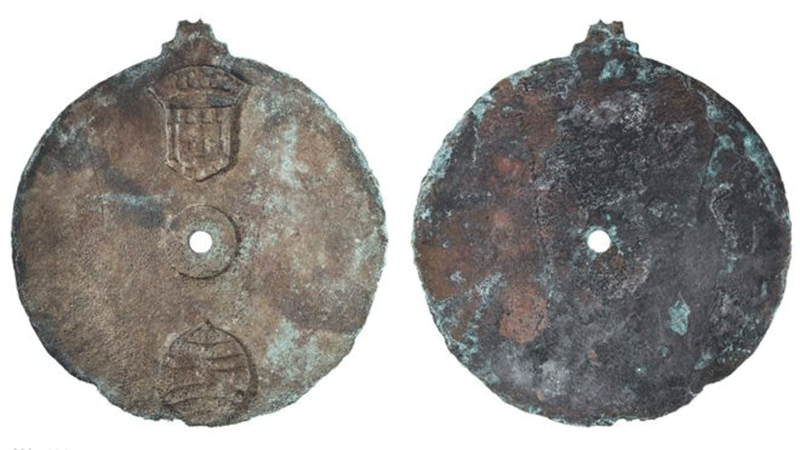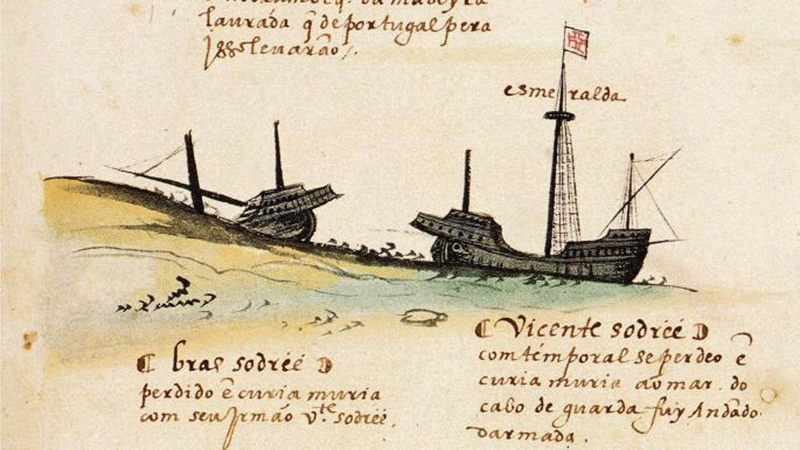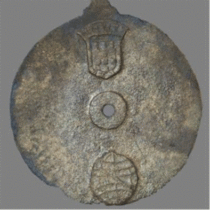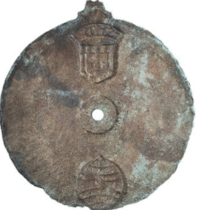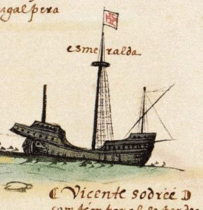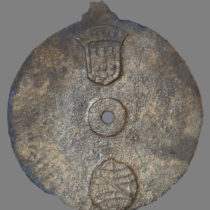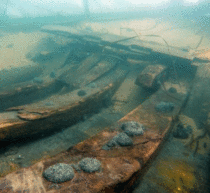Archaeologists say a navigational tool found in Vasco da Gama’s sunken ship off the coast of Oman is an astrolabe. It was found near al-Hallaniyah island in the Arabian Sea.
The artefact was recovered from Esmeralda, the boat which was in the armada led by Vasco da Gama, the famous Portuguese explorer while on its way to India. Esmeralda sunk during a storm in the Indian Ocean in 1503. The artefact bears the coat of arms of Dom Manuel, who was King until 1495. The ship is known to have left Lisbon before 1502, thus archaeologists estimate it probably dates from 1495 to 1500.
The tool was discovered during underwater excavations by David Mearns from Blue Water Recovery in 2014. It is 17.5 cm in diameter and less than 2mm thick.
During the excavation works divers recovered almost 3,000 artefacts. The astrolabe is considered a unique finding, though. Initially archaeologists could not see any navigational details on the artefact, but after analysis with laser scanning, conducted by scientists at the University of Warwick, they found that there were etches around the edge of the disc, each separated by five degrees. It would be used to measure the height of the sun above the horizon and help mariners determine their location.
Astrolabes used for navigation in antiquity are a relatively rare find, since this is only the 108th to be confirmed catalogued. The newly recovered item is thought to be the oldest of its kind, as has also been confirmed by the Institute of Nautical Archaeology at Texas A&M University, which has documented all the marine astrolabes that have been found.
